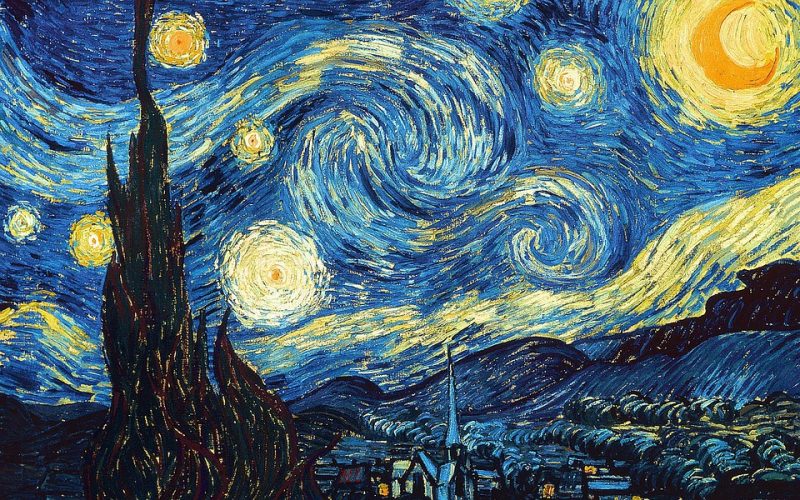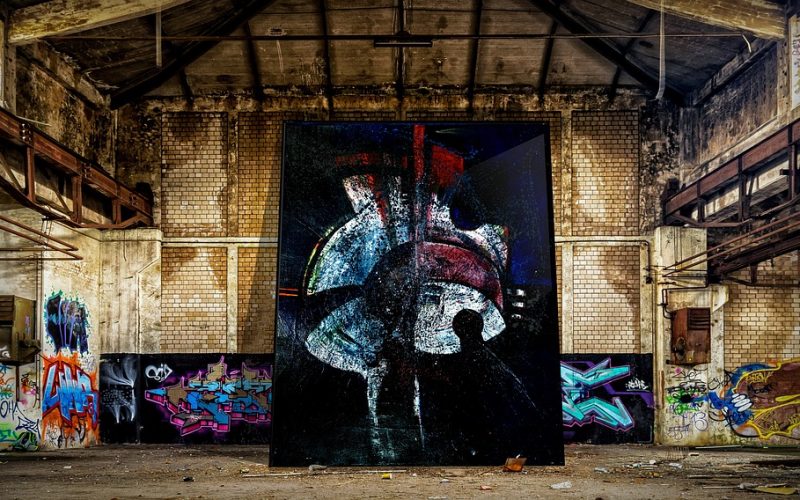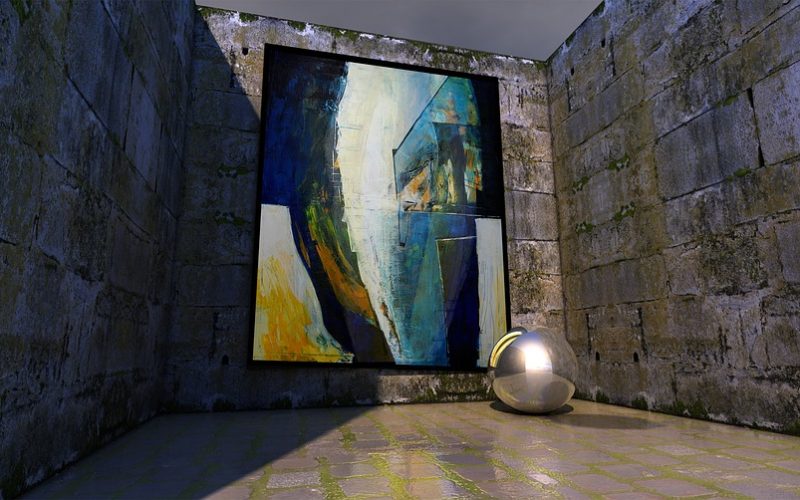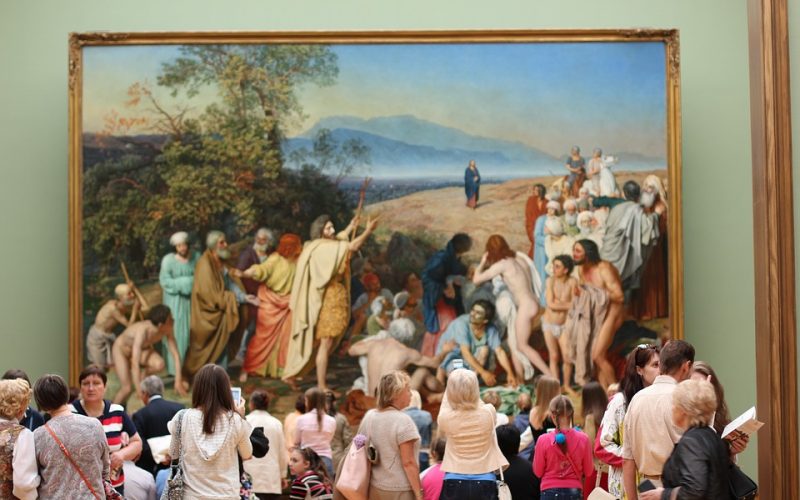Artists are always an integral part of any art restoration work. They make their decisions based on the findings of experts in other fields such as chemistry, physics and history. These experts provide the artists with the information necessary to understand the materials used by the original artist. The physical disciplines of chemistry and physics deal with the underlying structure of the painting such as the types of materials used for paints and canvas. Historians provide information about the look of the piece as well as the style of the original artist.
Chemistry is important to the work of restoration because many different mixes of paint and canvas were used throughout history. In previous centuries, local ingredients were mainly used to mix paint and make the canvas. The best way to ensure that the correct mixture is known is to use chemistry to determine the components in their correct amounts to produce each color of paint. Canvas can be a mixture of several different types of material. These materials all absorb paint at different rates and affect the outcome of any paint application. An expert in chemistry determines these factors.
Physics is another scientific discipline that assists with determining the technique of restoration to be used. Absorption of the paint and underlying layers of paint is determined by spectral-analysis. Many artists painted multiple pieces on each canvas because it was so expensive. X-ray helps to determine if there are any underlying paintings and how many are present. This method also helps to determine if the piece is an original by the artist assigned to it, or a copy.
The role of historians in art restoration is for the purpose of searching out as much documentation as possible. Even with chemical analysis and physics, each artist has their own signature colors and style of painting. If paint is missing from a piece, historical records are used to help recreate the information by descriptions. This information may be found in personal letters and journals of people who had seen the piece over the years. Seeking out these tidbits of information is one more way for the restoration artist to understand the original intent of the artist who created the work.
















